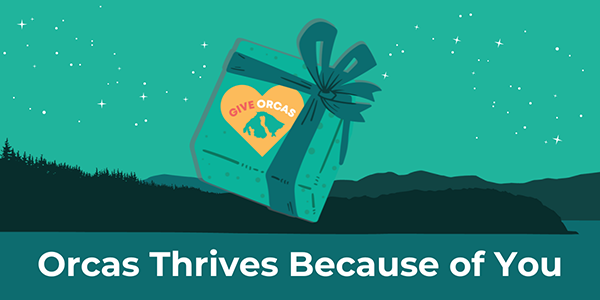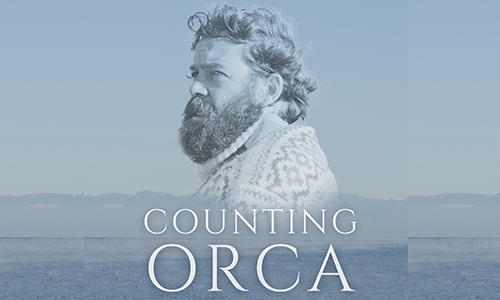||| ORCASIONAL MUSINGS by STEVE HENIGSON |||
Back when I was young, and (according to my daughter) had to push wooly mammoths aside to get into the subway, New York City was ably served by seven different major newspapers. Some of them informed and amused you during your morning trip to work, while others rode home with you, and summarized the doings of the day just past. Some of them presented the liberal viewpoint; others were staunchly conservative. There were even a few which were raunchily sensationalist, substituting near-nudity, pasted-up “composographs,” and invented dialog for truth, beauty, and politics.
Three of the seven major dailies were tabloids, so named for the smaller size of their pages. They were easier to read while hanging by one hand from an overhead strap in a crowded bus or a jam-packed, swaying train. The other, larger-size four were called broadsheets, and they were better suited to being read at leisure during breakfast or after dinner, or even at an office desk.
Each of those seven, large-circulation papers offered its readers some unique something that the others didn’t. The Daily News, for instance, was a politically liberal, sensationalist morning tabloid which emphasized photography over words. Its main competitor, the New York Mirror, focused instead on celebrities’ scandals in lurid, verbal detail. The New York Post, originally founded by Alexander Hamilton as a broadsheet, was a liberal afternoon tabloid featuring many of the most popular columnists of its time, including Eleanor Roosevelt, Drew Pearson, and Eric Sevareid. Although the Daily News and the Post are still being published, the Post has twisted 180 degrees, and is now strongly conservative.
Among the broadsheets, Hearst’s sensationalist Journal-American published both a morning and an afternoon edition, but, more important, it presented the best comics section in the entire newspaper industry. The New York World-Telegram was the city’s conservative evening broadsheet, while the New York Herald-Tribune was its conservative morning paper, aimed specifically at the businessman who commuted into the city from the suburbs. And, finally, there was The New York Times, “the Gray Lady,” the entire nation’s “newspaper of record,” a liberal paper which was carefully edited to present impartial and unbiased news.
Of those four broadsheet newspapers, only The New York Times remains, but it is much changed since the days of my youth. It had been called “the Gray Lady” because, for more than 100 years, its publishers had refused to print any sort of pictorial material on its front page. But nowadays, the Times reader is greeted not merely with photographs, but with images in full, natural color. Further, its editorial policy now permits the insertion of some amount of political and social bias into its news stories, thus diminishing its past preëminence as the nation’s impartial “newspaper of record.”
The refusal by the Times to present photographs, especially on its front page, actually offered a sort of advantage: It was easier than any other broadsheet to read on a crowded subway train. There was a special way of folding the paper into a narrow structure which could be paged-through without disturbing the persons sitting or standing on either side of you. Since there were no pictures to break up its columns of type, there never was a need to open the thing up to full width. Today, I suppose, one would have to hire a taxi or a limousine, to comfortably read the Times on one’s way to work.
Why did four of New York City’s seven large-circulation newspapers die? It happened quite suddenly, all in the same year. And why did The New York Times change its format and its editorial policy at about the same time? And what has all this to do with Orcas Island and we Orcasians? Tune in next week and find out.
**If you are reading theOrcasonian for free, thank your fellow islanders. If you would like to support theOrcasonian CLICK HERE to set your modestly-priced, voluntary subscription. Otherwise, no worries; we’re happy to share with you.**








